How to Manage Delivery Operations in Your Liquor Store
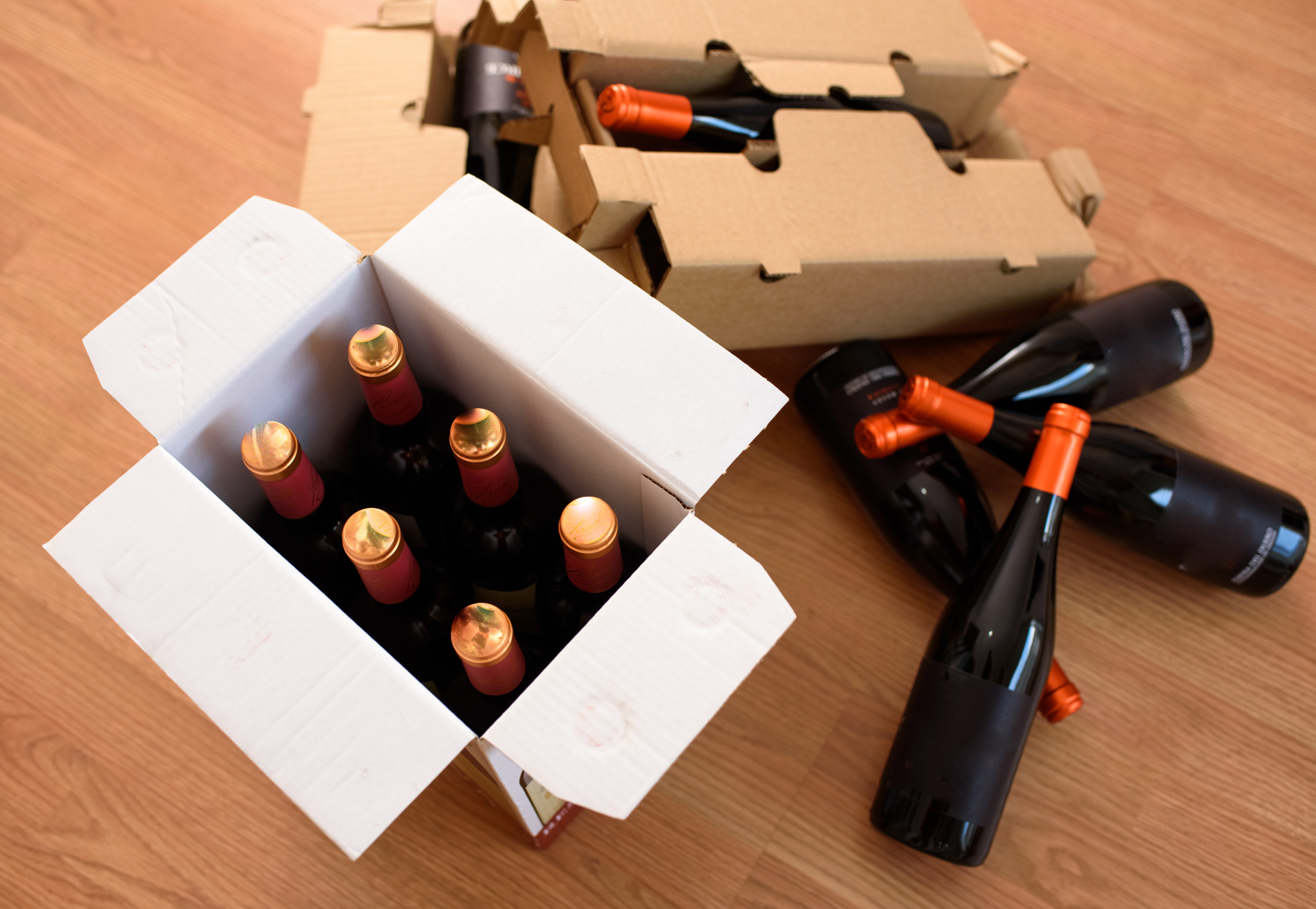
A customer orders a $13 bottle of wine to be delivered through DoorDash. By the time you factor in the commission, service fees, and payment processing, you could be handing over $3.90 to the platform. That's 30% of your sale gone before you even count your profit.
With 42% of consumers ordering alcohol delivery more often than they did last year, delivery demand is clearly growing. But for most stores offering delivery through third-party platforms, this growth comes at the cost of losing 15% to 30% of every order to commission fees. When you consider that most liquor stores run with 15% to 20% profit margins, it's clear that some liquor store owners take a loss on every delivery order.
This guide walks you through proven ways to cut commission fees and stay compliant while running delivery profitably. We include advice for:
- Reducing or eliminating commission fees
- Protecting your profit margins
- Staying fully compliant with alcohol delivery laws
How Third-Party Liquor Delivery Works
Relying on third-party platforms is a quick way to enter the delivery market. But that ease comes at a cost. Let's break down what you're really paying when you use DoorDash, Uber Eats, or similar platforms.
The Real Cost Structure:
- Base commission: 15-30% of order value
- Service fees: Additional 3-5%
- Payment processing: Another 2.9%
- Marketing fees: Optional but often necessary for visibility
Let’s do the math. On a typical $100 delivery order, you're looking at $27 to $35 in total fees. For a business with only 15% to 20% profit margins, you could operate delivery at a loss.
And the costs go beyond money.:
- Customer relationships belong to the platform, not you. When someone orders through DoorDash, you get their name for the receipt, but DoorDash owns the customer data, purchase history, and relationship. You can't market to them directly or build loyalty.
- You have zero control over the delivery experience. A rude driver or late delivery reflects on your store, but you have no power to fix it. The customer blames you, not the platform.
- Compliance may look like the platform’s responsibility, but in practice, liability stays with your store. Third-party platforms may not adequately train their drivers on age verification requirements, yet you remain legally liable for any violations.
- Inventory disconnects create customer service headaches. When your POS system doesn't integrate with the delivery platform, customers order products that you don't have in stock. This creates negative reviews and frustrated customers.
Many liquor store owners face a growth trap. More orders should mean more profit, but if you're losing 30% of every delivery sale, growth actually hurts your bottom line. The "just raise prices" solution doesn't work because customers compare prices across platforms. If your prices are higher than a competitor’s (who may be listed beside you on the same third-party platform), you’ll lose the sale.
What Is Direct Delivery Management?
Commission fees aren't inevitable. Direct delivery management changes the economics. Instead of paying platforms to handle the delivery relationship, you invest in technology that connects your store directly to customers. You keep 100% of the delivery revenue and 100% of the customer relationship.
Here's how it works:
- Customers order through your website or branded app, not through a third-party marketplace.
- Orders integrate directly with your POS system, ensuring real-time inventory accuracy.
- Your drivers or contracted delivery partners handle fulfillment, following your training and standards.
- You control the entire customer experience from order to doorstep.
This isn't just theory. Store owners who have implemented direct delivery management report significant improvements in both profitability and customer satisfaction. Real-world results show that stores have improved their on-time delivery rate from 90% to over 98% while eliminating commission fees entirely.
Direct delivery doesn’t need to be expensive. Cloud-based software for route optimization, real-time tracking, customer communications, and even compliance tools for age verification is increasingly affordable for small liquor stores. Popular delivery management app Shipday even offers a free baseline subscription that supports up to 10 drivers, with no long-term contract required. You get the operational efficiency of a professional delivery platform without handing over 30% of your revenue.
{"type": "ad-card", "title": "✅ Hybrid strategy", "description": "You don’t need to abandon third-party delivery overnight. Many stores start small by using in-house drivers for nearby or higher-value orders, while routing smaller or long-distance orders through third-party drivers. Tools like Shipday let you manage both in the same dashboard, so you can test what works without extra overhead.", "primary-button": {"text": "Get started free", "link": "https://dispatch.shipday.com/signUp?utm_source=google&utm_medium=cpc&utm_campaign=21082164717&utm_content=161367638282&utm_term=ship%20day&matchtype=p&gad_source=1&gad_campaignid=21082164717&gbraid=0AAAAADQxrjwXEXW8NeHEjMRu8iQxp9tmP&gclid=Cj0KCQjw58PGBhCkARIsADbDilzfnbYr-W0CIKWUkenQdXgZnY9EMcLoL48g2d9GJ5PePYjx-EkSfaUaAhvBEALw_wcB"}}
Legal Risk of Third-Party Alcohol Delivery
Before we dive into implementation, let's address one of the major inconveniences of third-party alcohol delivery: compliance. As a liquor store owner, you know firsthand the consequences of selling alcohol to underage people. Non-compliance means hefty fines for your business, staff, or even a forced closing of your store.
Third-party delivery platforms do not assume the full liability of serving minors. Laws vary, but in most states, the store where the delivery originates could still be found liable when a third-party driver delivers alcohol from your store to an underage person.
And it really is “when,” not “if.” This exact scenario happens regularly:
- Burien Liquor & Wine (Washington): A DoorDash driver checked an 18-year-old's ID, saw they were underage, but delivered alcohol anyway during a state sting operation. The store (which had a perfect 12-year compliance record) was hit with a $1,000 fine despite having no control over the driver's actions.
- GoPuff Massachusetts Subsidiaries: Two GoPuff companies lost their liquor licenses entirely after 19 documented violations of delivering alcohol to minors using fake IDs near Boston College. Despite repeated warnings from regulators, the violations continued, resulting in complete license revocation, the most severe penalty possible.
- California Statewide Investigation: State regulators found third-party delivery apps failed compliance checks 80% of the time, compared to just 25% for direct delivery. The investigation resulted in 214 citations to businesses and drivers, with some retailers receiving one-year probation and facing potential license revocation for repeat violations.
{"type": "ad-card", "title": "✅ Built-in compliance", "description": "Shipday logs who received the order, when, and where, creating a record that protects you if issues arise. The starter plan is free, which makes it an easy way to tighten compliance without new costs.", "primary-button": {"text": "These tools and more for $0/mo", "link": "https://www.shipday.com/pricing"}}
Setting Up Your Direct Delivery Operation
Running deliveries yourself is simpler and more affordable than most store owners expect.
Step 1: Choose Your Technology Platform
Your delivery management platform is the backbone of your operation. Look for systems that offer:
- Integration with your existing POS system: Shipday integrates with
- Real-time inventory updates:
- Route optimization and driver dispatch:
- Customer communication tools:
- Built-in compliance features for age verification:
With AI-powered systems, stores can analyze purchasing trends, predict consumer behavior, and reduce stock issues. Many platforms offer free trial periods, allowing you to test the functionality before committing.
{"type": "ad-card", "title": "✅ Tech fit", "description": "Shipday connects with many common POS and ecommerce tools out of the box, with custom options available through its open API. Features like route optimization, customer messaging, and proof-of-delivery come standard, so most stores can launch quickly without heavy setup."}
Step 2: Define Your Delivery Zone
Most successful liquor stores find their sweet spot in a 5-10 mile radius. Too small and you miss customers; too large and delivery costs become prohibitive.
Map your existing customer base to identify high-density areas. Consider factors like traffic patterns, competitor locations, and demographic data. Start with a smaller area and expand as you build operational efficiency.
{"type": "ad-card", "title": "✅ Smart zones", "description": "With Shipday, you can set delivery boundaries, adjust pricing by distance, and even use heat maps to spot your most profitable neighborhoods. This helps you keep delivery efficient while focusing on your best customers."}
Step 3: Secure Drivers
When it comes to sourcing drivers, you have three options:
- Hiring in-house drivers gives you maximum control over compliance but requires payroll, insurance, and management overhead. Best for stores with consistent daily delivery volume.
- Hailing on-demand third-party drivers offers flexibility without employment overhead. Major third-party platforms offer a white-label delivery service that allows you to hail their drivers for a flat rate fee (typically $5 to $8 per delivery) rather than paying a commission. You’ll face the same liability and compliance issues as a traditional third-party platform partnership, though.
- The hybrid approach combines both strategies. Use staff drivers during peak hours and contract drivers for overflow or off-peak deliveries.
{"type": "ad-card", "title": "✅ Driver flexibility", "description": "Shipday supports both your own drivers and on-demand networks like Uber Direct or DoorDash Drive. You can switch between them as demand changes, without juggling separate systems."}
Step 4: Price for Profitability
Market research shows customers accept delivery fees in the $3-5 range. Higher fees reduce conversion rates; lower fees may not cover your costs.
Consider these pricing strategies:
- Flat delivery fee of $3.99 for all local orders
- Free delivery threshold of $50-75 to encourage larger orders
- Distance-based pricing for extended delivery zones
Test different approaches and monitor both conversion rates and profitability.
{"type": "ad-card", "title": "✅ Profit-focused pricing", "description": "Shipday’s pricing tools let you test flat fees, free-delivery thresholds, or distance-based rates — and see how each affects conversion and profit. That way, you’re not guessing at what customers will accept."}
Step 5: Design the Customer Experience
Your delivery experience should be better than what customers get from third-party platforms:
- Immediate order confirmation with accurate delivery time estimates
- Real-time tracking so customers know when to expect their order
- Professional packaging with branded materials and secure handling
- Proactive communication if delays occur or substitutions are needed
{"type": "ad-card", "title": "✅ Customer experience", "description": "With Shipday, customers get text/email updates, live GPS tracking, and photo proof of delivery. You can even brand the tracking page, so your store (not the platform) stays front and center."}
Calculating Your Direct Delivery ROI
Let's look at real numbers. Assume your store currently does $50,000 per month in delivery sales through third-party platforms:
Costs & Revenue: Third-Party Vs. Direct Delivery
Comparing the two delivery systems side by side, this example liquor store could save $12,000 per month by switching to direct delivery. The annual impact could be as much as $144,000 in retained revenue. These figures do not include the savings from potential fines or censures from non-compliant third-party drivers (which can be $1000 or more for each violation).
Most stores that opt for direct delivery break even within two to three months and see full ROI within 6 months. The long-term benefits compound as you build repeat customer loyalty and eliminate ongoing commission fees.
Even smaller operations see significant returns. A store doing $20,000 monthly in delivery can save approximately $4,800 per month, or $57,600 annually.
Your Next Steps
Modern technology makes direct delivery management accessible to any liquor store. Proper tools and training handle compliance requirements. Most stores that switch save tens of thousands annually. For example, a shop doing $50,000 per month in delivery can retain up to $144,000 a year.
Your immediate action plan:
- Calculate your current commission costs. Multiply your monthly delivery revenue by your average platform commission rate. This number represents your annual savings opportunity.
- Research delivery management platforms. Look for solutions that integrate with your existing POS system and offer compliance features specific to alcohol delivery.
- Assess your legal requirements. Contact your insurance agent and attorney to understand state regulations and coverage needs.
- Plan your pilot program. Start with a limited number of hours or a restricted a delivery area to test the system and train your team.
Bottom Line
Your customers want convenient delivery, and you need profitable business operations. Direct delivery management gives you both. The liquor store owners who act now will have a significant competitive advantage as delivery continues to grow. Those who wait will continue to see profits become platform fees, while competitors strengthen their compliance protocols and profit margins.
Keep more of your profits; start delivering for free with Shipday.
Index
Ready to get started?
Play around with it first, add your team, pay later.






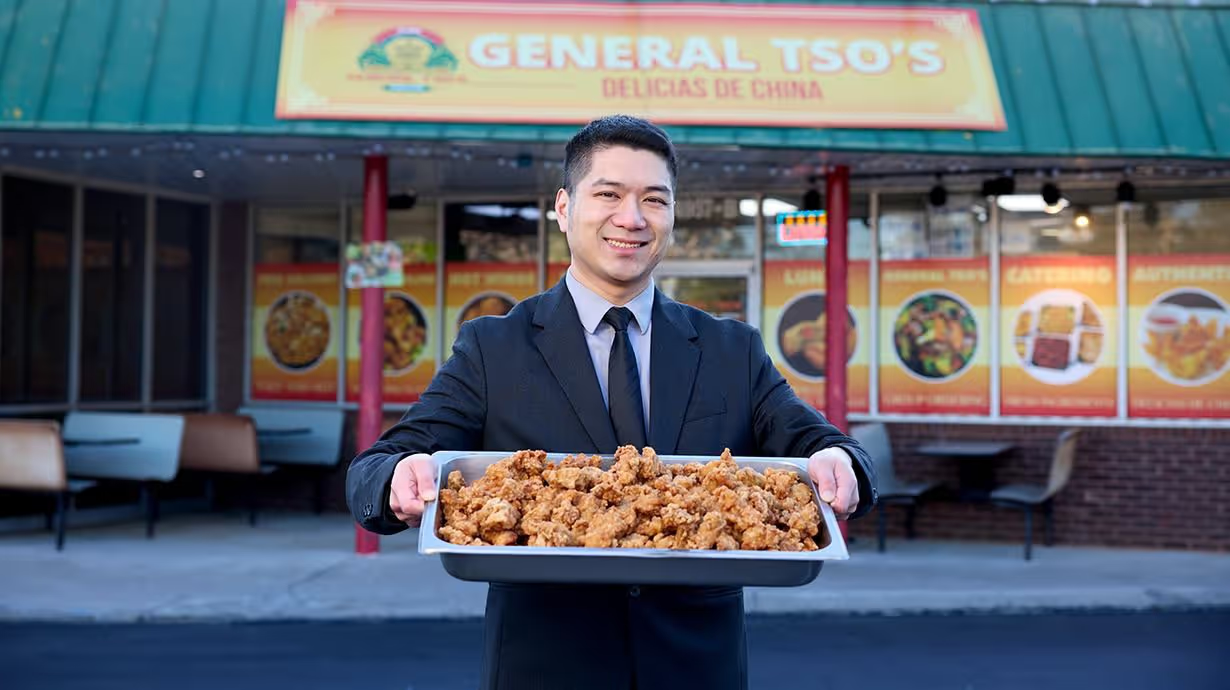

.avif)
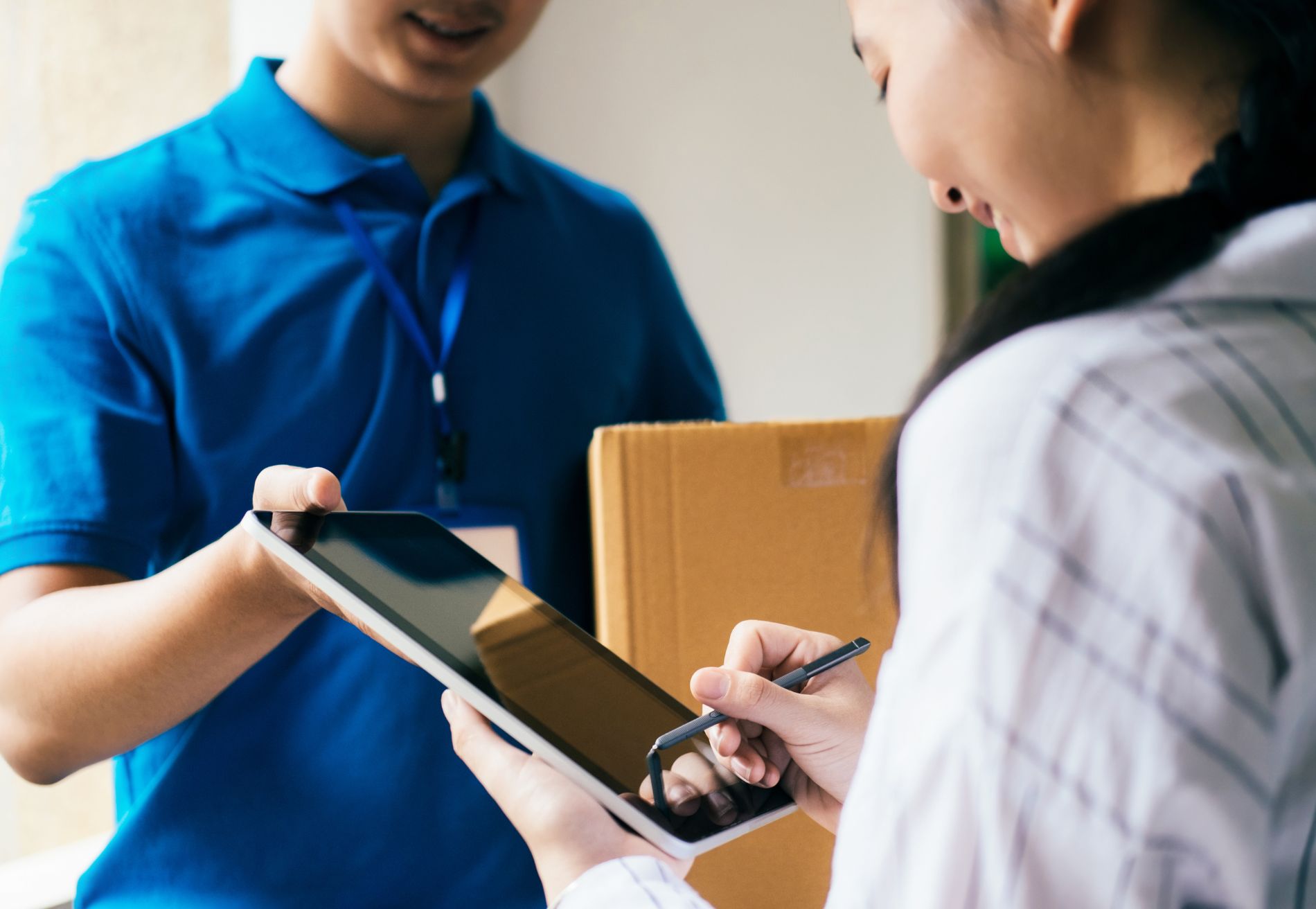
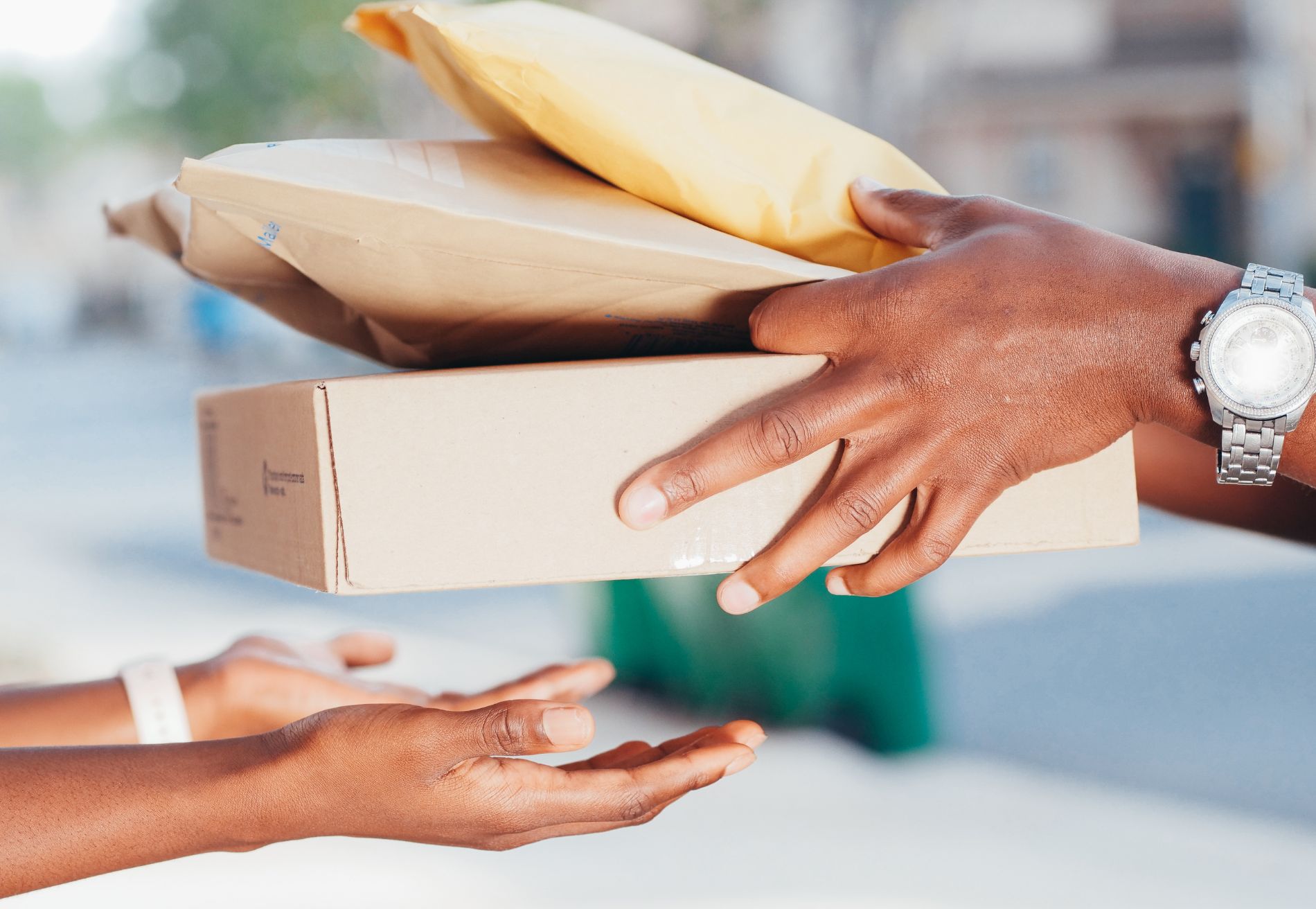
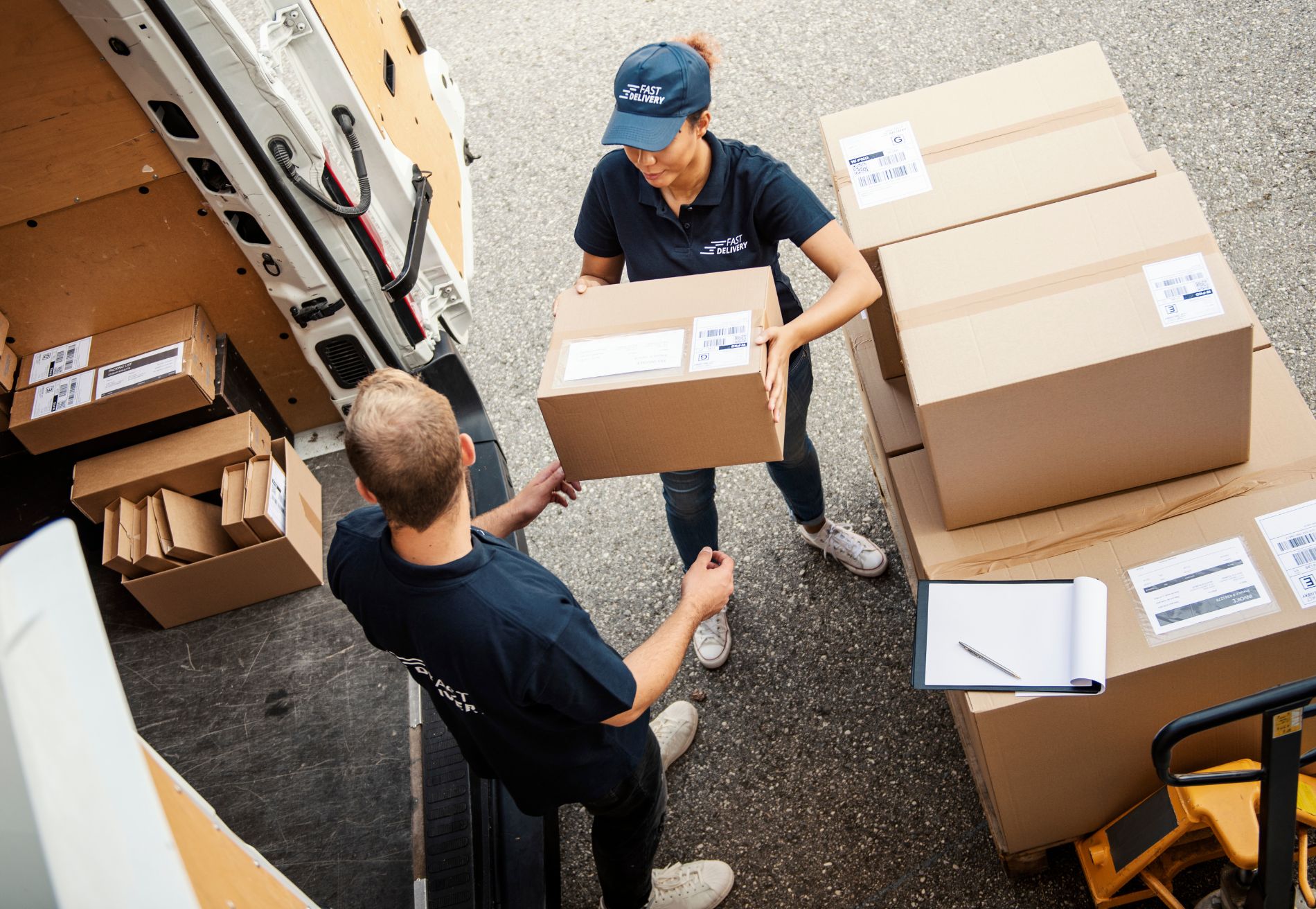



%201.svg)
